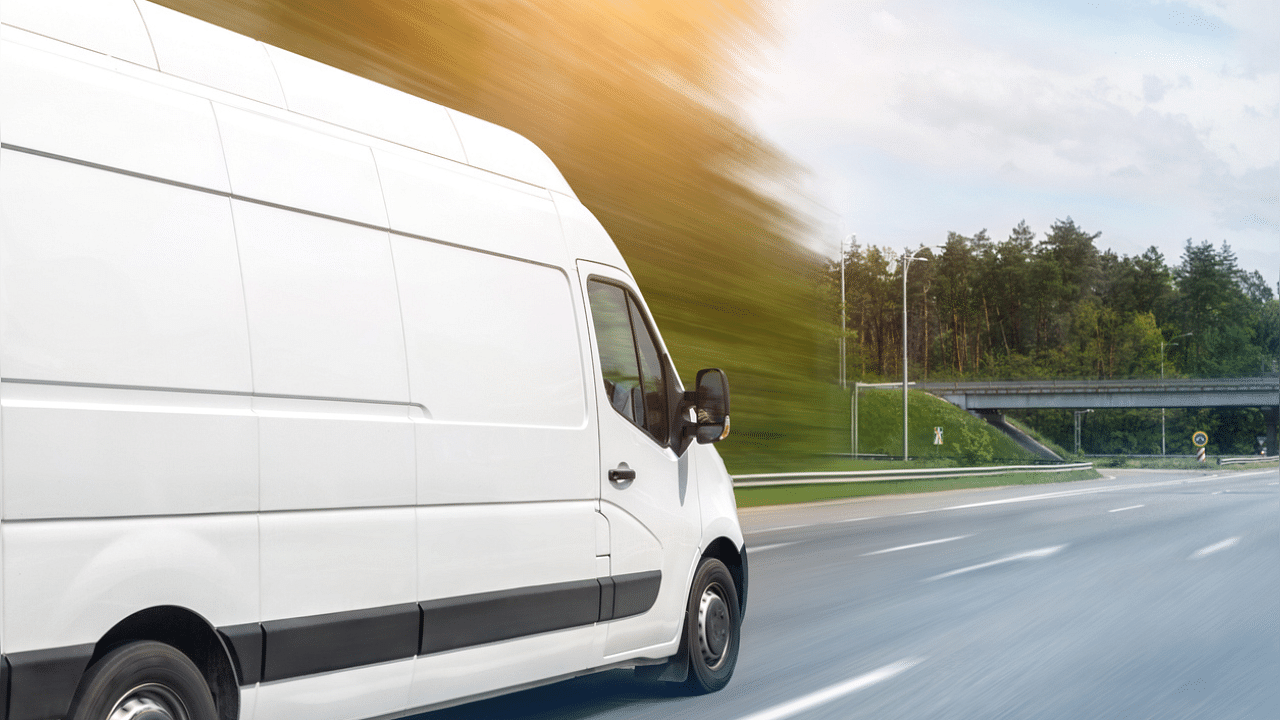
Many studies and reports have discovered a common thread: Last-mile fulfilment is among the most energy-consuming logistics operations in the supply chain because of the vast amount of stops and low fill rates.
Amazon, Flipkart, and BigBasket—all the big e-commerce outlets need to make their last-mile deliveries—transporting the product from the distribution centre to the consumer—most efficient to improve their overall sustainability plan.
They are opting to switch to electric vehicles or in short, EVs.
This logistical switch from internal combustion engine (ICE) vehicles to EVs is driven by a variety of factors. Global fund-backed large e-commerce firms have ESG (environmental, social, and governance) duties and going carbon-free is on the list. They have opted to make the last-mile fulfilment their starting point of change, a report in The Economic Times stated.
Major last-mile delivery service providers have announced dedicated timelines within which they plan to adopt EVs in their fleet. Ecom Express, the second largest e-commerce logistics service, provider said it plans to replace half its last-mile delivery fleet with EVs by 2025.
BigBasket plans to have a 90 per cent electric fleet by 2024. Amazon, as part of its global EV strategy, plans to add 10,000 EVs to its India delivery fleet. Flipkart plans to have over 25,000 EVs by 2030 and is investing in charging infrastructure at 1,400 supply-chain centres.
This is driving India’s e-cargo revolution. Sreeram Venkateswaran, senior vice president of sales and marketing at Mahindra Logistics told ET: “There is a significant amount of pull and push from large multinational corporations that really are driving the sustainability agenda. So those like Unilever, Nestle or even corporations like Godrej are pushy about this and they are keen to experiment and see whether they can sustain operations through the electric last mile.”
The last-mile delivery is highly complex and expensive for e-commerce outlets, which is why EV adoption in the supply chain is cost-driven. Vikash Mishra, founder and CEO of electric-mobility startup MoEVing, told the publication: “E-commerce companies, for whom the last-mile cost is one of the highest, are seeing up to 30 per cent reduction in their cost per shipment,” adding, “If that cost comes down by 30 per cent, then the overall cost of moving the goods can be reduced by 15 per cent.”
The last-mile delivery cost for the e-comm outlets is 50 per cent of the total logistical cost of moving products from warehouses to consumers.
Let’s calculate the costing: An electric three-wheeler vehicle takes 8 to 12 units for a full charge. If purchased under commercial power tariff, all calculations of mileage and power consumption, the running cost comes to Rs 1 per kilometre.
In comparison, CNG for three-wheelers costs around Rs 90 per kg, with a mileage of 25 kilometres per kg. This makes the per kilometre cost of fuel Rs 3. The operating cost of a diesel three-wheeler is Rs 5 per kilometre.
In terms of maintenance, the costs of keeping EVs are lower than that of ICE vehicles. Multiple starts and stops in last-mile fulfilment lead to more energy wastage in ICE vehicles, while there are no such concerns in an EV.
Driving an EV is also easier, as there is no clutch. Companies can also put telematics in the vehicles to understand driver behaviour, vehicle performance and speed.
However, at the moment, adopting EVs come with its set of disadvantages. Demand is outstripping supply, though developments from Tata Motors—who in May announced an electric version of their four-wheeler last-mile delivery vehicle, Ace—are encouraging. EVs need charge to cover wider ranges, hence charging infrastructure needs to be developed, with more hubs. Procuring financing for EVs is also significantly harder than getting one for ICE vehicles.